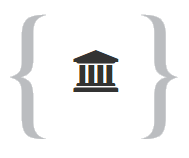This item is provided by the institution :
 Special Account for Research Funding (E.L.K.E.) of Ionian University
Special Account for Research Funding (E.L.K.E.) of Ionian University
Repository :
Historic City of Corfu



 Island
Island


